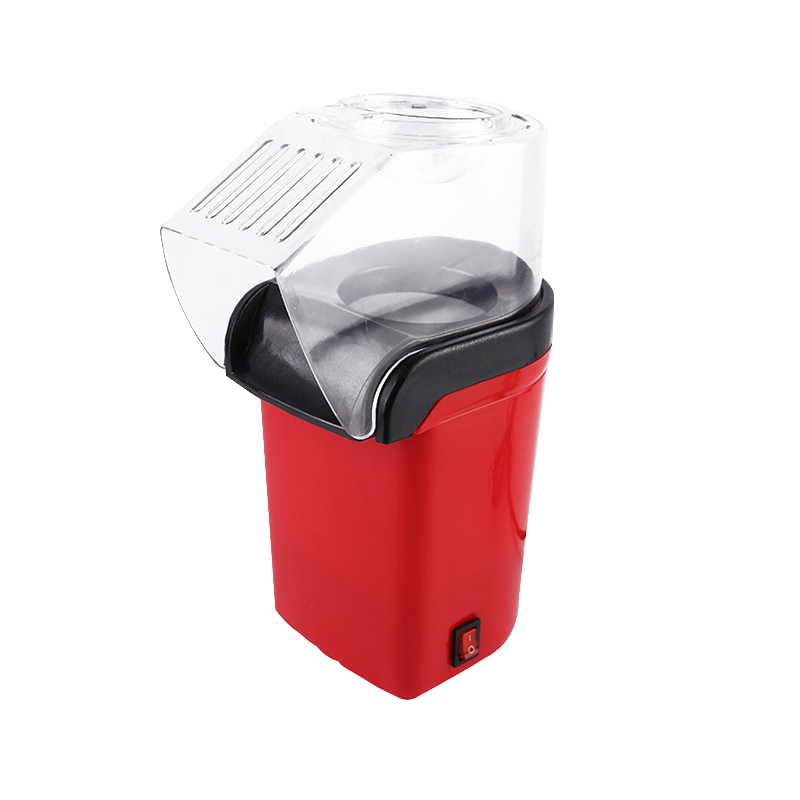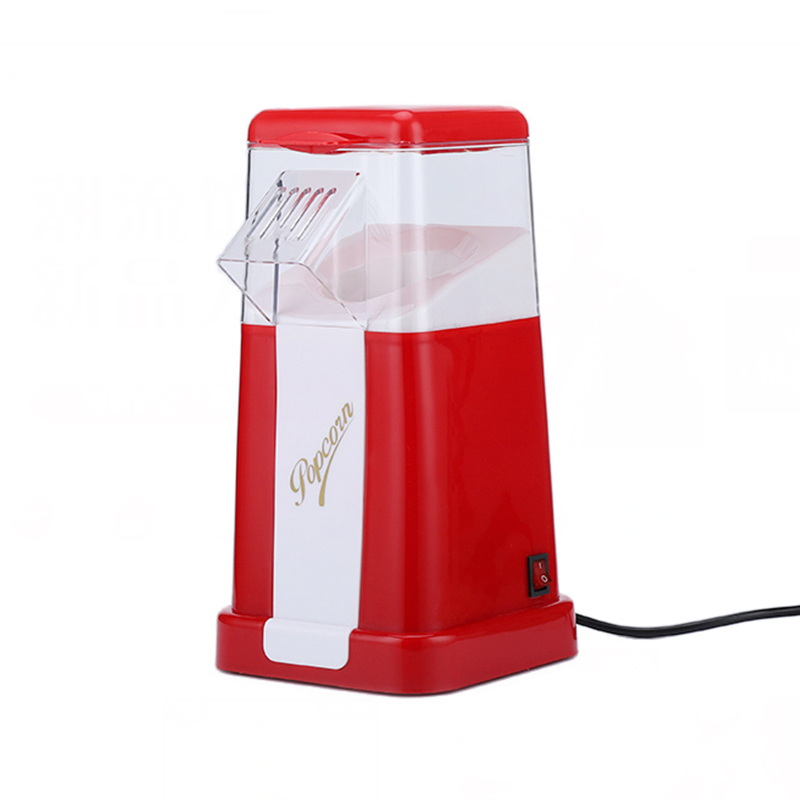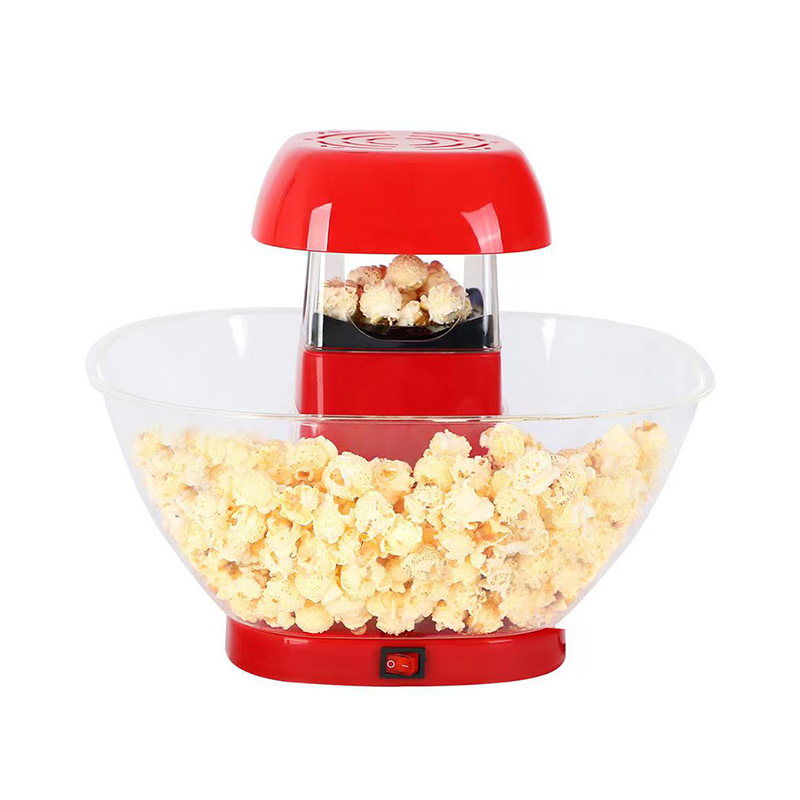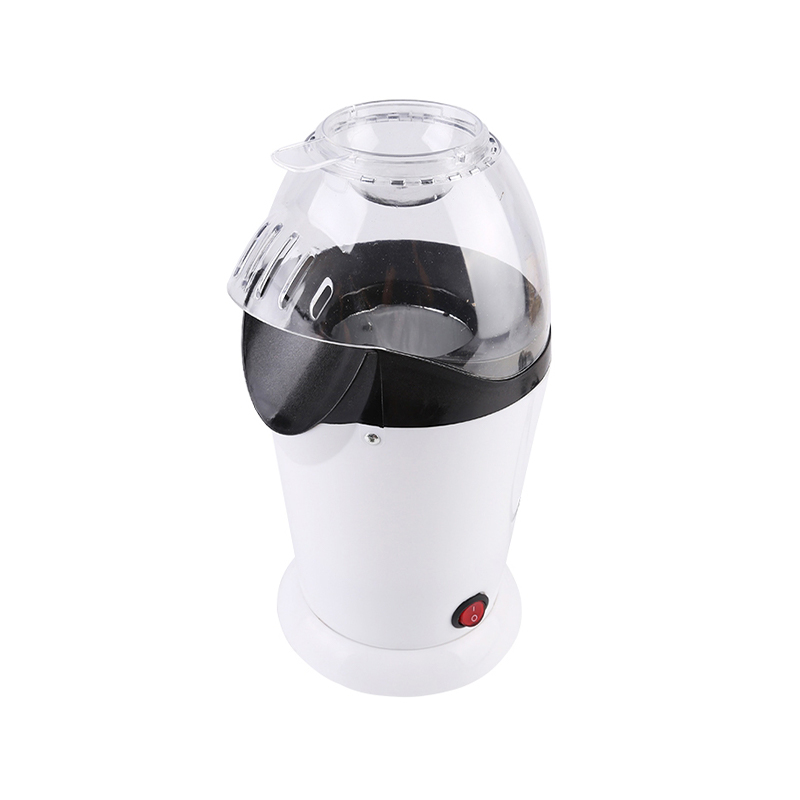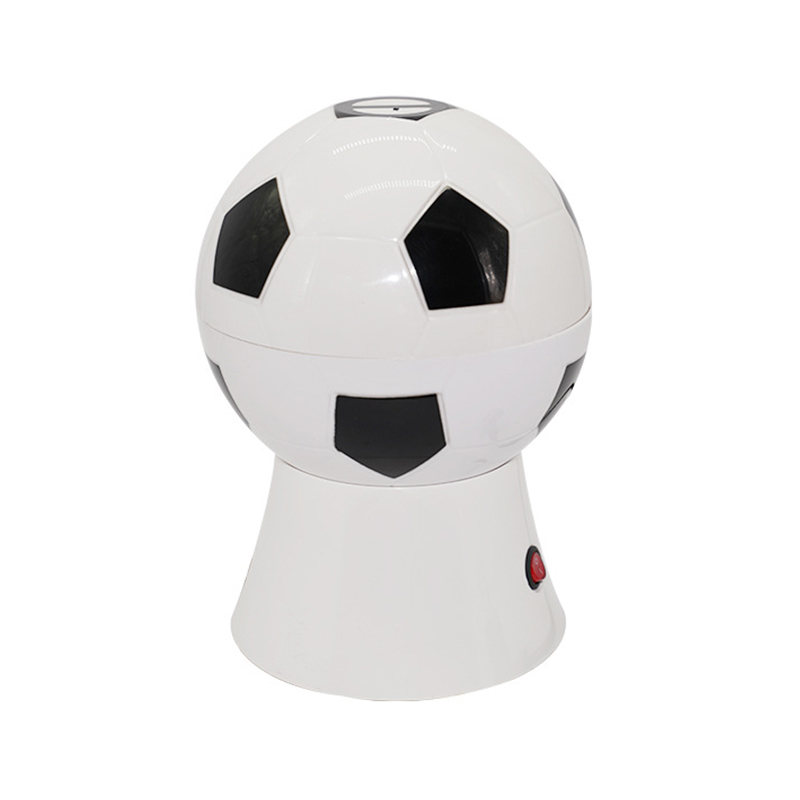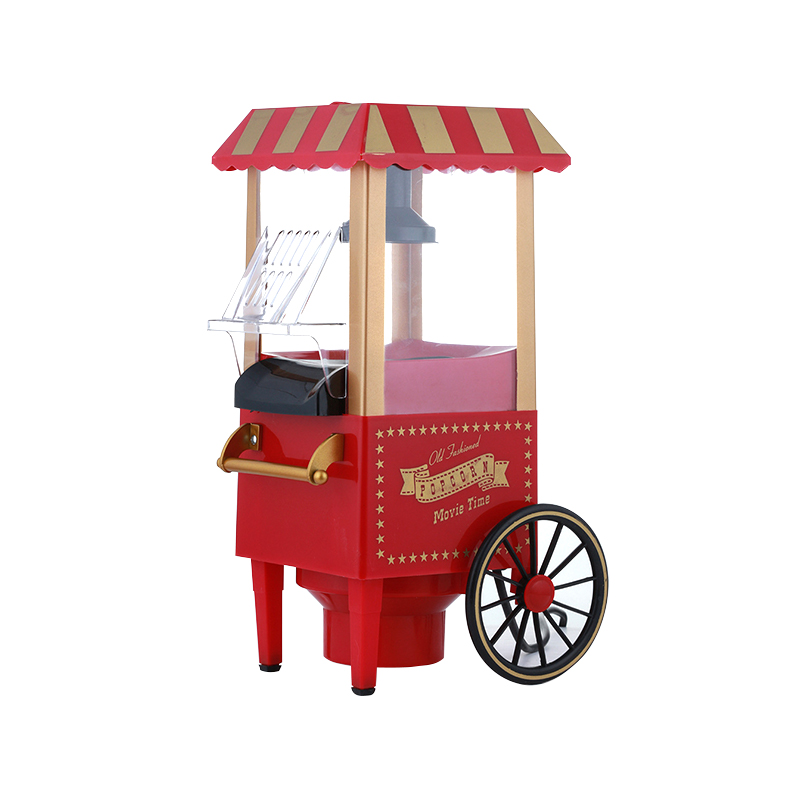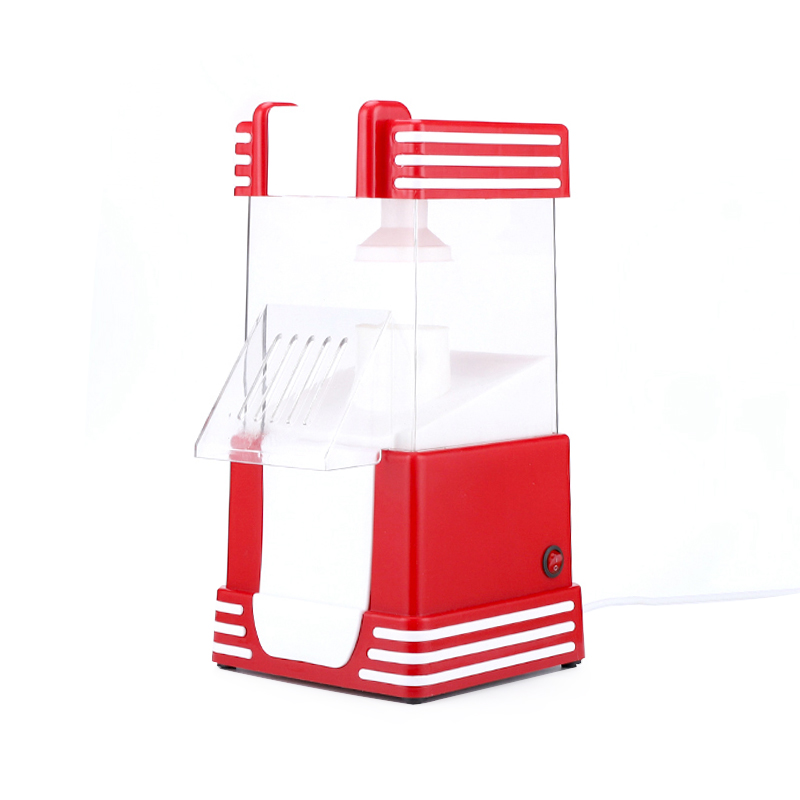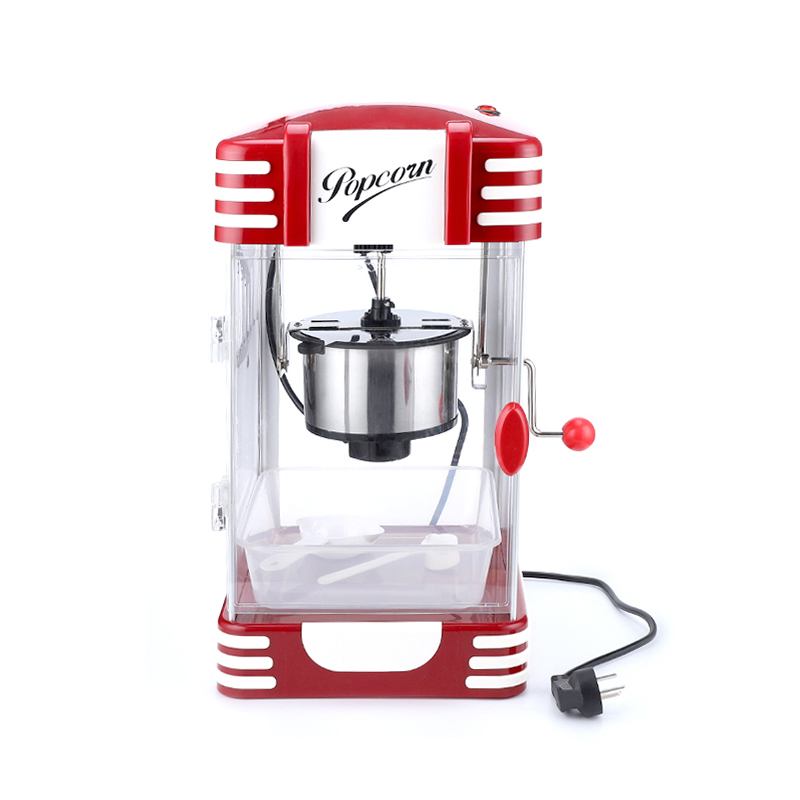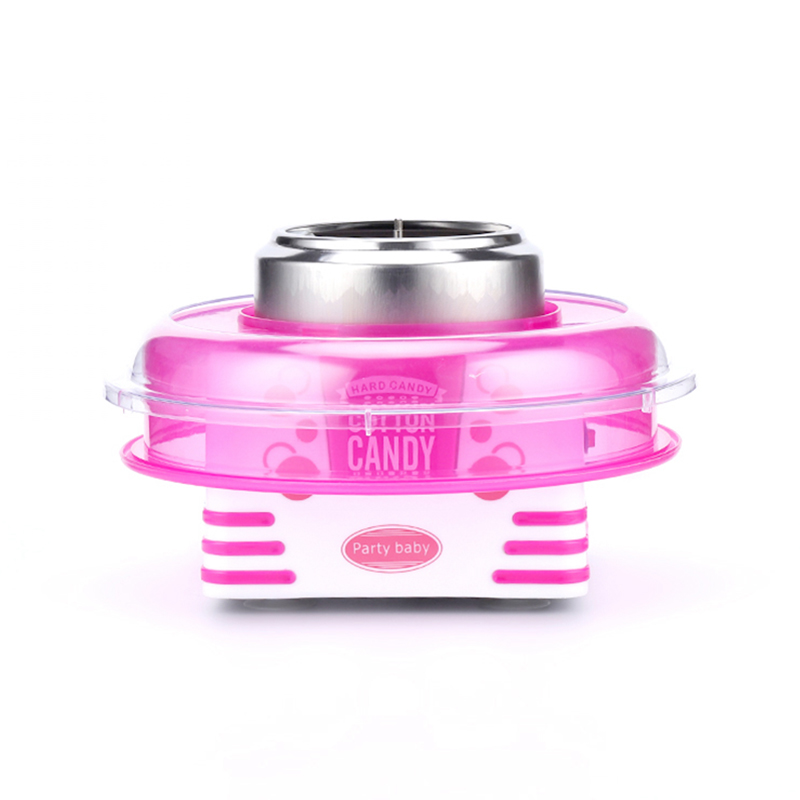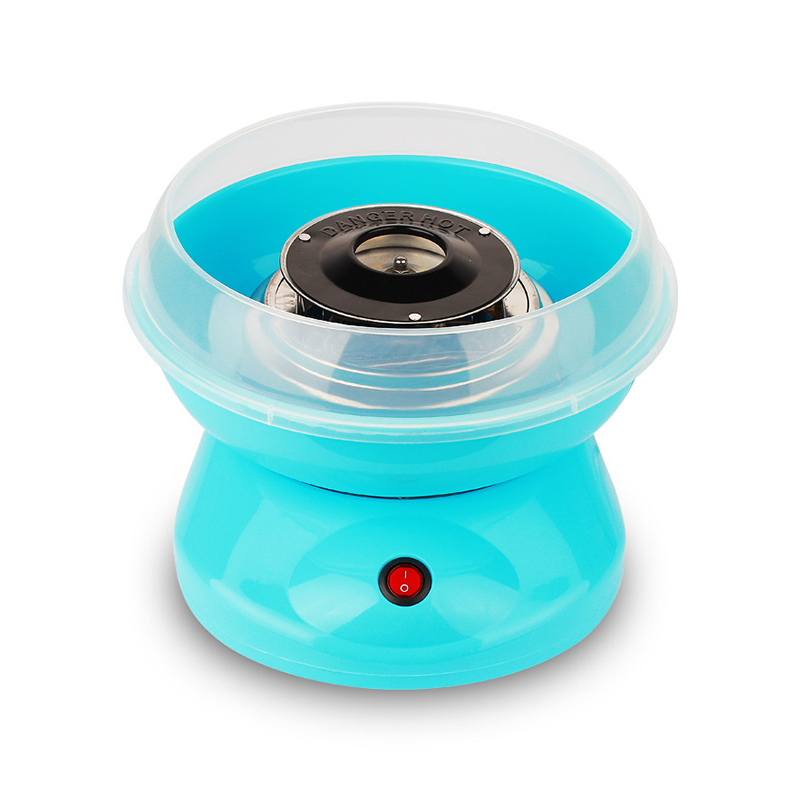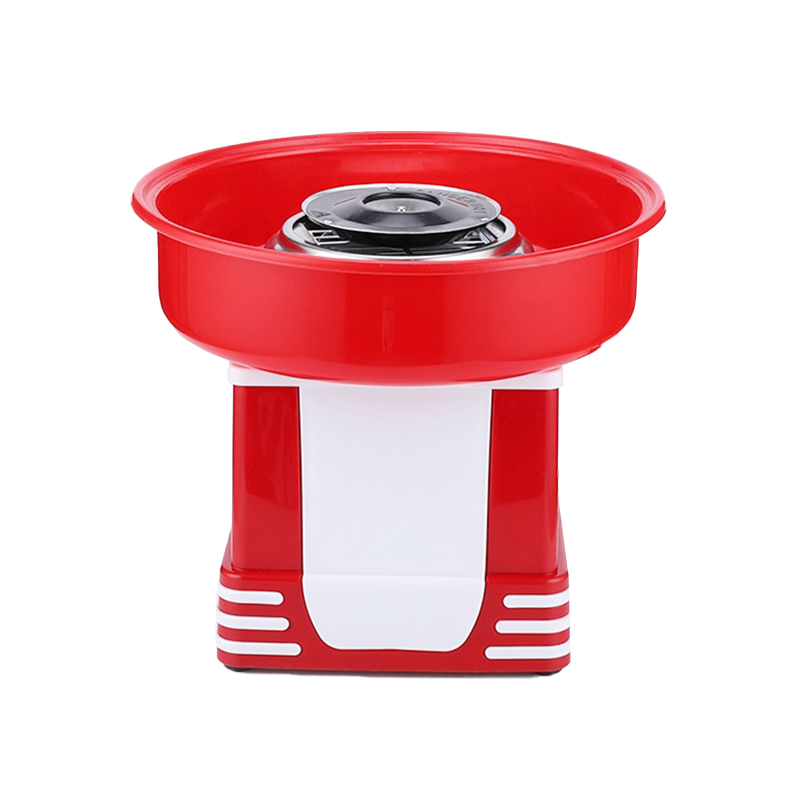In daily life, as a small household appliance that integrates refrigeration, mixing and intelligent control, the performance and functions of ice cream machines have gradually attracted widespread attention from users. Especially in commercial or high-frequency use scenarios, the stability and operation safety of the equipment are particularly critical. The so-called fault self-check function means that the equipment can monitor the key components and system status in real time during startup or operation, and actively issue prompts or take protective measures when abnormalities are found. The emergence of this function represents the equipment from traditional passive maintenance to the stage of intelligent active protection. For ice cream machines, common faults may include compressor overheating, fan failure, sensor failure, motor jamming, circuit abnormalities, etc. If these problems are not discovered in time, they may cause equipment damage, product quality degradation, and even safety hazards. Ice cream machines equipped with fault self-check functions usually perform system self-checks when powered on or in the early stage of operation. Once abnormal parameters or component status are found to be inconsistent with the set value, they will warn the user through a beep, warning light or display interface. At the same time, some equipment will automatically stop running to prevent the problem from expanding. This mechanism not only improves the safety factor during use, but also saves the time and maintenance cost of manual inspections. Especially in commercial occasions, an ice cream machine with a self-checking function can effectively avoid sales affected by sudden equipment failure during peak hours.
At the technical implementation level, the fault self-checking function of the ice cream machine often relies on the coordinated work of the sensor system and the control chip. The temperature sensor can detect the working condition of the refrigeration system in real time, the current monitoring module is used to determine whether the motor is in the normal load range, and the electronic control board analyzes the rationality of the operating data of each component through logical judgment. Once a parameter is out of the normal range, the system will record the fault code and respond to the processing. This mechanism is not only suitable for problem identification, but also convenient for after-sales personnel to quickly locate the cause of the fault and improve maintenance efficiency.
With the increase in people's demand for intelligent equipment, more and more manufacturers have incorporated such functions into the design of ice cream machines. Some products even provide regular self-checking and remote monitoring support, so that users can grasp the health status of the equipment in time through smart terminals. For home users, this function can reduce hidden faults caused by misoperation or long-term uncleaning, and for merchants, it means more reliable operation guarantee.
Ice cream machines equipped with fault self-checking functions have become a direction of industry development. The introduction of this function not only reflects the emphasis on user experience, but also reflects the progress of manufacturing companies in safety control and intelligent management. Choosing equipment with such functions is not only a trust in product quality, but also a positive guarantee for usage efficiency and risk control.




